Let’s get it out of the way. Yes, James Cameron can be a *bit* prickly and cocky. But when you make movies like Terminator 2: Judgment Day, The Abyss, and Titanic, you can talk all the smack you want. He’s achieved the most technically marvelous-looking film I’ve ever seen with Avatar: The Way Of Water. That technological mastery is one of the endearing pillars of the film. Throughout, you’ll be sitting there wondering how they got a shot done, how an effect was created, and if what you’re seeing is really real. Throughout the 3-hour and 10-minute runtime, Avatar: The Way Of Water is filled with filmmaking and effects wizardry that sets the standard for future films.
That magic with the effects doesn’t help the story as much though. With a script and story coming from James Cameron, Rick Jaffa, Amanda Silver, Josh Friedman, and Shane Salerno (those final two credits only being for the story), it feels disjointed and almost vignette-like. In the first half of the film, things feel like they’re just scenes strung together without purpose. These scenes are there for a reason, but in the moment, it just feels like ships passing in the night. The script and story at least feel more memorable and less stock than in the first Avatar. If you can’t remember the story from that one, it was basically Dances With Wolves and blue aliens.
The story and themes this time around center around family and finding yourself. It’s another hit from James Cameron and Co. when it comes to reaching as wide of an audience as possible. We’ve all been in places where we didn’t know who we were as a person.
What Is Avatar: The Way Of Water All About?
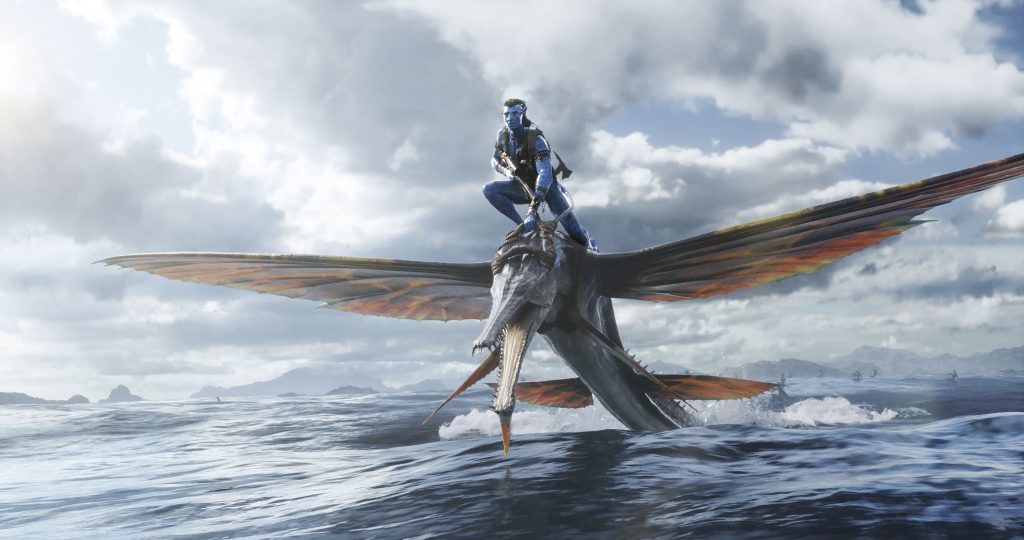
Without spoiling anything, Avatar: The Way Of Water picks up and brings the audience up to speed after the events of Avatar. Jake Sully (Sam Worthington) and Neytiri (Zoe Saldana) have a family and live peacefully with their tribe. Their children Neteyam (Jamie Flatters), Lo’ak (Britain Dalton), Tuk (Trinity Jo-Li Bliss), and Kiri (Sigourney Weaver) are the center of their lives. It’s all uprooted when Quaritch (Stephen Lang) comes back to life as a Na’vi with the “Sky People”. His consciousness and memory are implanted in a body. Before his death, in the first film, Quaritch had a son, Spider (Jack Champion), who lives with Jake and his family. That peaceful life turns to war for Jake and his family.
Does It Capture Your Attention As Much As The First Avatar?
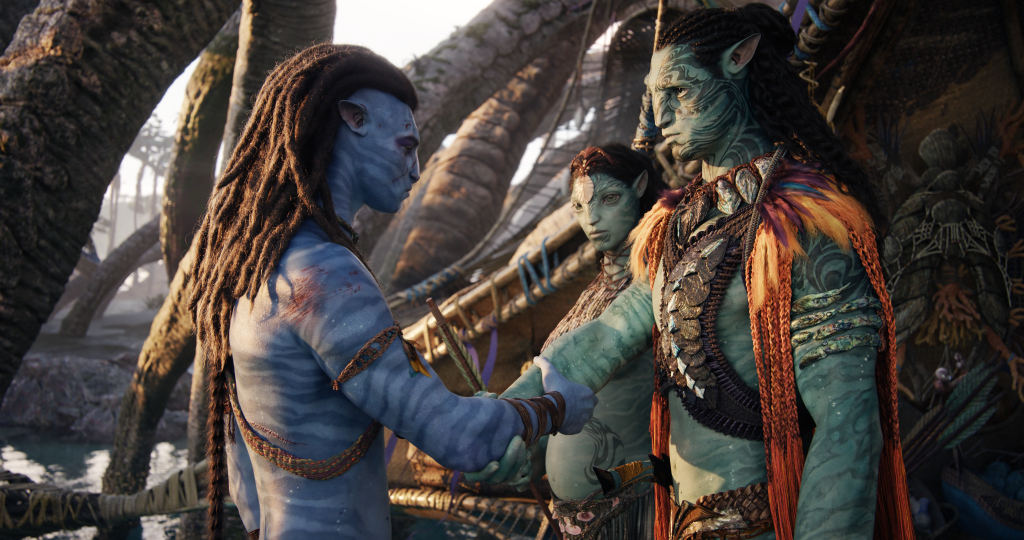
In short, yes. This movie does nearly everything from the first film, better. The effects are better, the action is more frenetic, and the side characters are more remarkable and memorable. Even the villain gets more to work with than just being a raging monster that’s hellbent on killing all the Na’vi. Changing the setting from the forests of Pandora to the Oceans of Pandora gives James Cameron more to work with, without feeling like a retread. At certain points, it does feel similar to the first film, especially in the third act, but they switch it up enough to where it doesn’t feel too similar.
James Cameron also gets across the message of environmental conservation and the destruction of natural resources here. There are plenty of allusions to Native American and other tribal cultures with the new variation of Na’vi that we meet along the way. It’s like learning about a new tribe and it’s fascinating for the audience.
What About The Screenplay And Story?
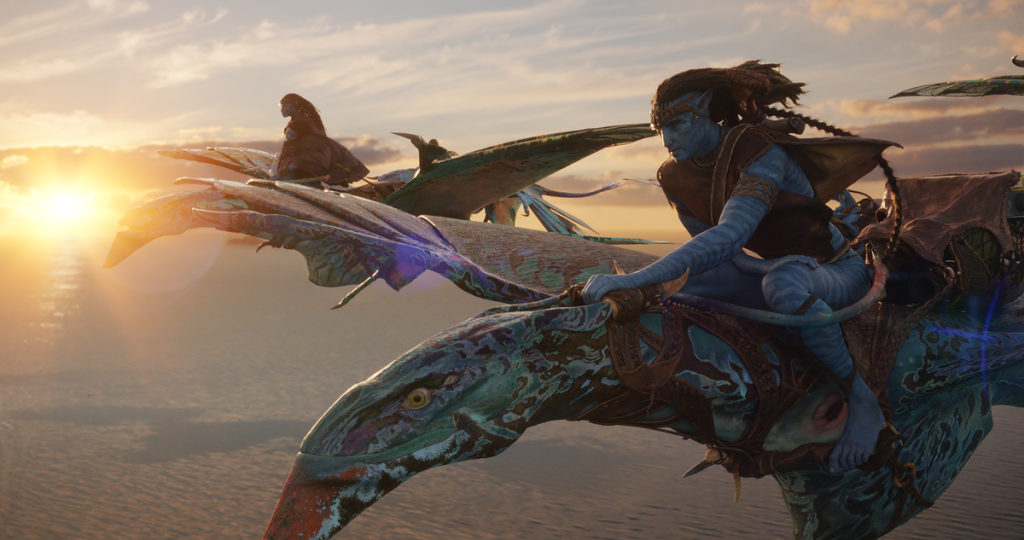
Like I said in the intro, the first half of the story feels like a series of vignettes. and it takes away from the overall pacing of the movie. For a movie that clocks in at over three hours, you need some good pacing to keep the audience engaged without making them feel like they have to get up to go to the bathroom. Some of the “lessons learned” along the way come back in the third act to help them, but others don’t. There’s plenty of setup for a sequel that’s coming down the line, but nothing really gets wrapped up. For the second movie in at least a trilogy (depending on how The Way Of Water and Avatar 3 do at the box office), it retreads some from the first film and sets up for future movies, but it also kneecaps possibilities for those future films.
I don’t want to spoil anything, but The Way Of Water sets itself up for a similar movie in part three. Unless James Cameron and the rest of the writing team take us on a different journey, their choices in this film are mostly similar to the third act of Avatar.
How Are The Performances?
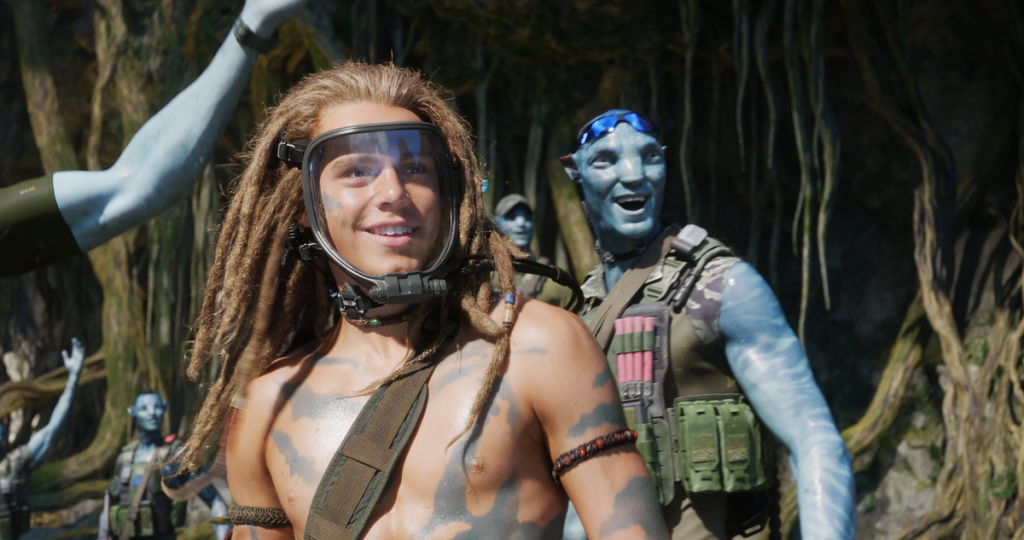
The standouts in the film are Britain Cowell, Stephen Lang, Zoe Saldana, and Sam Worthington. Cowell gets the majority of the “human” scenes in the film, and he’s interacting with people in motion capture suits and Na’vi that are 7 feet tall the entire time. He doesn’t ever feel lost and brings across legitimate emotional struggle, particularly in the third act. He’s the voice of reason for the villains, and that reason gets him in some dangerous situations. Lang is delightfully evil and manipulative as Quaritch. This time around, he has the same amount of charm, badass attitude, and devilish behavior, but he’s even more menacing now. His work with Cowell is some of the best parts of the film.
Saldana and Worthington go through the wringer in this film. They’re underwater; they have dense, emotional scenes of loss, grief, struggle, and action, and they all perform excellently. Saldana in particular has some intense scenes, including one gutwrenching scene in the third act and a fury that only a mother will know.
As for the other performances in the film, Kate Winslet doesn’t get much to work with as Ronal. It’s strange to have someone as great as Winslet, and give her what amounts to a bit part, but that’s kind of how Avatar: The Way Of Water rolls. The movie is already over three hours; adding more to her character would have been overkill.
Big Question – Do The Technical Aspects Make Up For The Length And Plot?
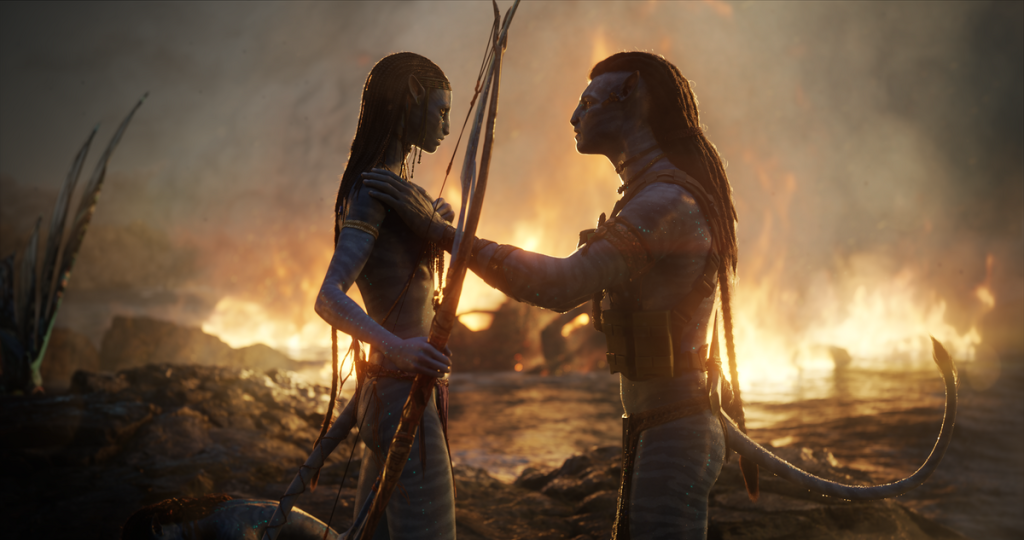
Yes, this movie is still worth watching. If the plot were nonsensical, horrible, and irredeemable, this movie would still be worth watching. Thankfully, those issues with the plot don’t take the film down too much. Avatar: The Way Of Water is one of the most stunning, visually-pleasing films ever. From a technological standpoint, this movie sets the bar and blows away the effects of every other blockbuster out there. It’s epic in the style of classic Hollywood, but it takes film techniques to a new level.
There were maybe one or two times that I could tell that something was a CG shot or done with a green screen. Outside of that, human performances blend with motion capture. Digital shots blend with practical shots done in water tanks. The effects and everything are seamless.
If you’re a fan of James Cameron and his films, this is like the greatest hits of his career. It has pieces of The Abyss, Aliens, Terminator 2: Judgment Day, and Titanic. All throughout the film, there are small allusions to previous films in his career. It might only be the second movie in the Avatar series, but it feels like a triumph for him in his career.
It only took thirteen years for Avatar: The Way Of Water to come out, but it eclipses the first film in plenty of ways. This just proves, never bet against James Cameron.
Avatar: The Way Of Water releases in theaters on December 16th, 2022.
An Aside About 3D And High Frame Rates
I saw Avatar: The Way Of Water in 3D with the high frame rate option. For some people, combining both of these might upset your eyes, or make you sick. James Cameron throttles the frame rate around during the film, so it could be jarring. In addition, for those with sensitivity to light issues or changes in tones of light, the 3D glasses could be a trigger for migraines. Take that into account when deciding what format to see the film in. The 3D was magnificent and beautiful. It definitely added to the overall experience.
For more Reviews, make sure to check back to That Hashtag Show.

![Avatar: The Way Of Water – An Absolute Technical Marvel [Review]](https://thathashtagshow.com/wp-content/uploads/2022/12/317909799_869500410745495_6749337006880904370_n-1200x640.jpg)


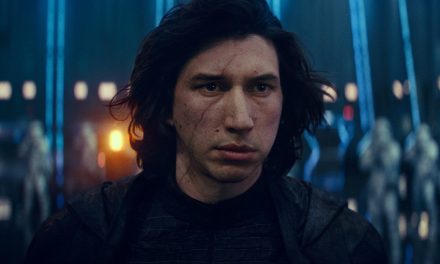

![“Ultrasound” Is A Wildly Original and Trippy Mystery That You MUST See to Believe [REVIEW]](https://thathashtagshow.com/wp-content/uploads/2022/03/ultrasound-cover-440x264.jpg)